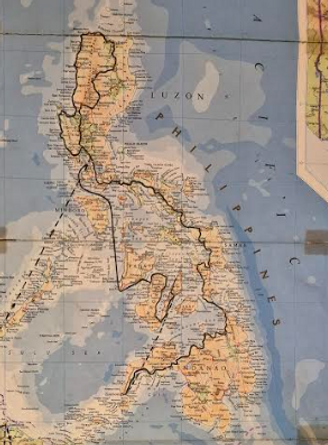
WHERE it happened.
I knew, even before I left Australia, that the Philippines was a story bonanza: a dictator; his power-hungry wife; martial law; a subservient military; a compliant judiciary; a kowtowing bureaucracy; a stifled media; an intimidated opposition; and a browbeaten work force. On top of that the Philippines was a militarized country fighting an Islamic secessionist war and a communist guerrilla war. For an ambitious, news-hungry journalist, it was perfect: a nation abuzz with stories, riddled with personalities, and dominated by one man, Ferdinand E. Marcos – a president turned autocrat – who tolerated no opposition, wrote his own rules, and systematically robbed Filipinos of their rights while lavishing power and wealth on himself, his wife, family, and cronies.